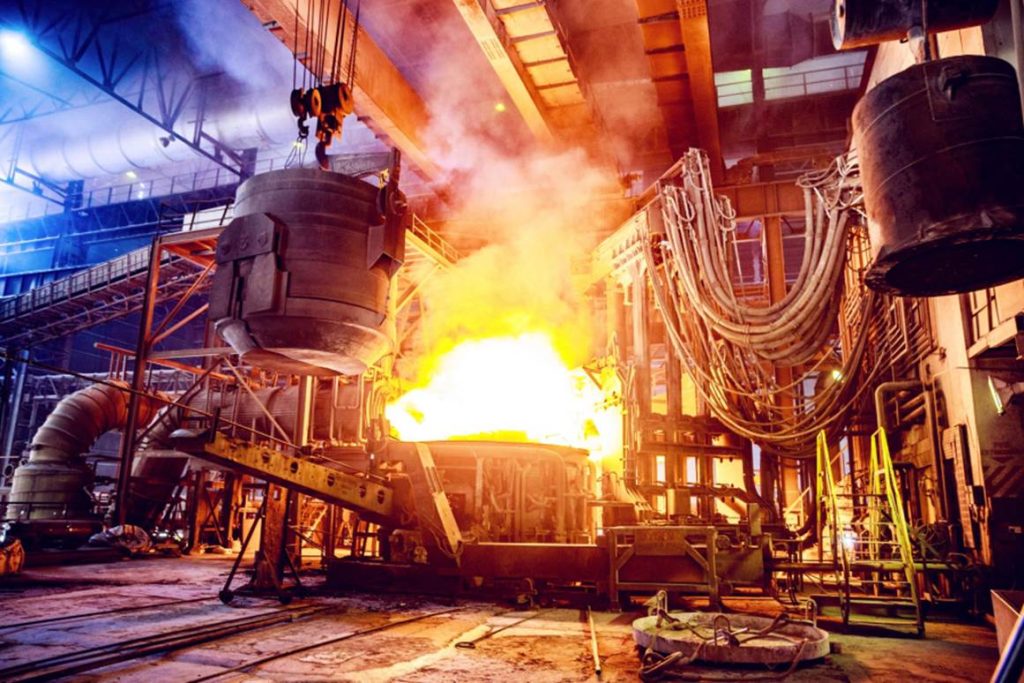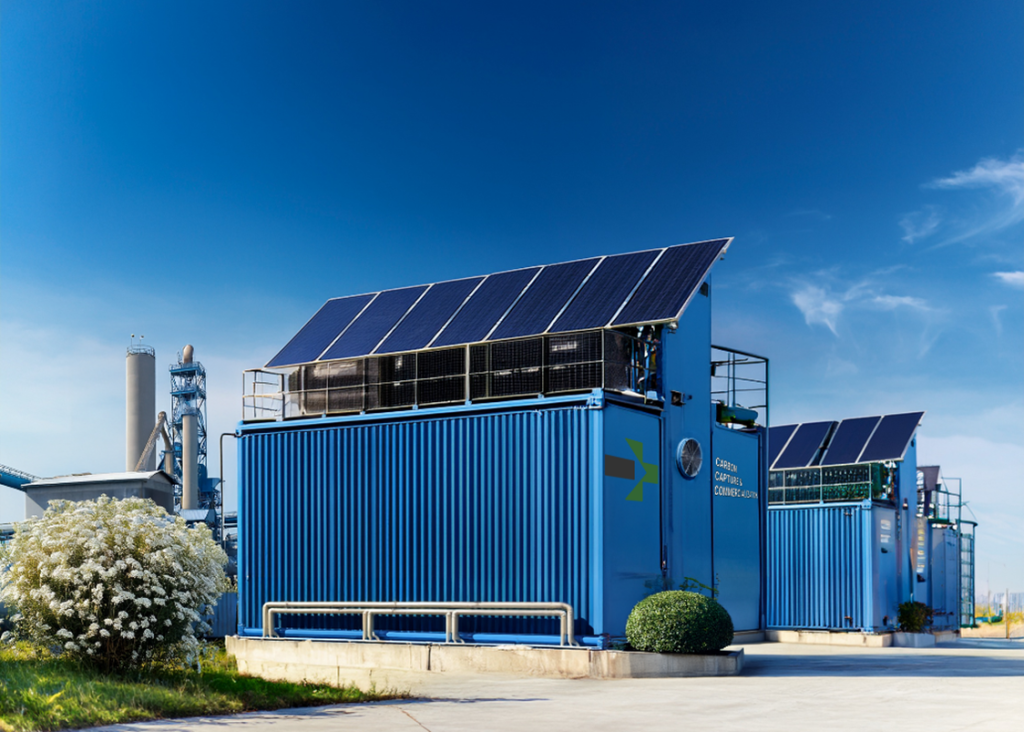
Accelerating CO₂ Integration Across Industries
Throughout this month, we’ve examined how capturing and utilizing carbon dioxide is fundamentally shifting industrial perspectives – from viewing CO₂ merely as a regulatory burden to recognizing its strategic and economic potential. Today, we’re diving deeper into this transformative journey, exploring how industry leaders can realistically accelerate the integration of captured CO₂ into their core operations.
Building on Proven Foundations
As we’ve previously discussed, the traditional narrative around carbon capture has evolved dramatically. Historically perceived as a necessary compliance step, industries now actively embrace captured CO₂ as a commercially valuable asset. We’ve highlighted concrete examples (Enhanced Oil Recovery (EOR), cement, and steel) that clearly demonstrate substantial economic and environmental benefits already being realized through captured carbon integration.
Projects like Petra Nova have vividly illustrated the profitability potential of captured CO₂ in Enhanced Oil Recovery, boosting oil recovery significantly while ensuring meaningful carbon sequestration. Meanwhile, initiatives by companies such as CarbonCure and Thomas Concrete exemplify how integrating captured CO₂ directly into cement production not only substantially reduces emissions but also enhances material quality and economic outcomes.
Similarly, groundbreaking developments in steel, such as Sweden’s HYBRIT initiative, underscore how the steel industry can leverage captured CO₂, combined with hydrogen-based methods, to drastically reduce emissions and operational costs.

Why, Then, Isn’t CO₂ Integration More Widespread?
Despite compelling success stories, broad industrial adoption remains limited. The question is why?
In reality, numerous factors slow the pace of adoption. Integrating new CO₂ technologies into existing industrial infrastructure can initially seem complex or disruptive. Many companies also remain hesitant about the upfront investment, especially without clear examples at the scale relevant to their specific operations. Additionally, varying regulatory landscapes can complicate matters, leaving potential adopters cautious.
At CC&C, we recognize these challenges transparently. Our lab-scale validations already confirm impressive capture efficiencies (up to 85%) and significantly reduced costs (under $100 per metric ton), but real-world adoption requires more than impressive lab results. It requires a nuanced understanding of industrial operations, pragmatic integration strategies, and supportive ecosystems of policy, investment, and strategic collaboration.
Stories from Early Movers
Beyond theory and lab-scale validations, real-world case studies provide the most compelling arguments for integrating modular carbon capture technologies into existing operations. Early adopters who have taken decisive steps illustrate clearly how these solutions translate from promising ideas into profitable realities.
Case Study: Alberta Carbon Trunk Line (ACTL), Canada
The Alberta Carbon Trunk Line stands out as one of the most ambitious and successful examples of large-scale carbon capture and utilization in North America. Covering approximately 240 kilometers, the ACTL captures CO₂ from industrial sources like fertilizer plants and refineries, transporting it to oil fields for Enhanced Oil Recovery. Operational since 2020, this project captures and delivers up to 1.8 million tons of CO₂ annually.
The ACTL is particularly notable not only for its scale but also its economic structure. Supported by both provincial and federal incentives, the project has turned what was once an environmental obligation into a financial asset, significantly increasing production in aging oil reservoirs. Moreover, ACTL’s robust infrastructure offers scalability—designed to handle volumes as high as 14.6 million tons per year—positioning Alberta for sustained economic and environmental leadership.
Case Study: Heidelberg Materials and Carbon8, Europe

European cement producers have also embraced CO₂ integration proactively. Heidelberg Materials’ strategic partnership with Carbon8 Systems illustrates a practical model for industry-wide adoption. Through their pilot project in Belgium, Heidelberg integrates captured CO₂ directly into cement-based products, effectively embedding CO₂ into building materials. This partnership demonstrates that adopting modular capture technology doesn’t just reduce emissions—it transforms cement manufacturing processes, creating products that are stronger, more durable, and significantly lower in overall carbon footprint.
Projects like these validate the practicality and profitability of modular carbon capture at industrial scale. They offer tangible proof points, demonstrating clear operational improvements, emissions reductions, and financial returns through regulatory incentives and carbon market participation. Such success stories don’t merely inspire—they actively accelerate adoption by reducing perceived risks, clarifying paths to market entry, and building confidence among hesitant industry players.
A Future of Collaboration and Innovation
Ultimately, the adoption of carbon capture and utilization technologies reflects a broader shift toward industry-wide innovation and collaboration. By actively partnering across sectors and aligning closely with policymakers, pioneering companies position themselves not just for immediate returns but also for long-term strategic influence and market leadership.
The journey from viewing CO₂ as a regulatory burden to recognizing it as a strategic asset is fully underway, but the window for decisive leadership remains narrow. Companies that wait too long risk missing out on competitive advantages already being secured by early adopters.
By combining pragmatic technology integration with strategic collaboration, regulatory insight, and an unwavering commitment to sustainability, industry leaders can redefine their futures, transforming environmental challenges into enduring competitive strengths.
Accelerating Industry-Wide Adoption
Here’s how industry leaders can realistically overcome common barriers to wide-scale integration:
- Modular, Adaptable Technology Rather than forcing costly plant overhauls or new infrastructure builds, modular carbon capture systems, like CC&C’s compact solutions, enable rapid, cost-effective integration. Systems can be operational within weeks, not years, minimizing disruption and swiftly demonstrating benefits.
- AI-Enhanced Efficiency Our proprietary AI-driven analytics optimize performance continuously, significantly reducing long-term operating costs. Predictive maintenance capabilities further lower risks, providing industrial partners with operational stability and financial predictability.
- Leveraging Regulatory Incentives Understanding and strategically leveraging policy incentives, such as the U.S. Section 45Q tax credit or EU’s carbon trading mechanisms, dramatically boosts the economic case for CO₂ utilization. Early adopters who navigate and align strategically with such incentives quickly turn regulatory compliance into competitive advantage.
- Strategic Pilot Programs Before full-scale commercial deployment, industries benefit from targeted pilot projects demonstrating clear operational and economic value under real-world conditions. Strategic pilots reduce perceived risks and build internal and external confidence, accelerating industry-wide adoption.
Looking Beyond Individual Sectors
As our earlier posts emphasized, industries cannot address these challenges in isolation. Partnerships across sectors, like cement companies working directly with steel manufacturers or agriculture sectors aligning with biofuel producers, can magnify impacts, spreading adoption benefits and facilitating shared learning. Industry collaborations not only enhance operational efficiencies but also build strong collective advocacy for supportive regulatory frameworks and investment strategies.

At CC&C, we actively facilitate such collaborative environments. Our solutions aren’t merely standalone units – they’re platforms for strategic alliances, providing a common language and practical framework for cross-sector collaboration and broader industry impact.
Sustainability Meets Pragmatism
In the current polarized landscape, some view CO₂ utilization either as an urgent climate obligation or an impractical financial burden. At CC&C, our vision pragmatically bridges these perspectives. We firmly believe environmental sustainability and economic resilience can, and should, coexist.
By delivering solutions that are economically practical and environmentally impactful, we remove ideological barriers, offering realistic pathways that industries across different regions and markets can embrace confidently.
Decisive Leadership Required
The transition from viewing CO₂ solely as a compliance obligation to recognizing its role as a strategic asset is underway, but momentum must accelerate. Industry leaders have an immediate opportunity to position their organizations ahead of tightening regulatory frameworks, changing market expectations, and emerging economic realities.
As March draws to a close, consider this your call to action. The future belongs to companies who recognize captured CO₂ not as a compliance cost, but as a catalyst for innovation, collaboration, and profitability.
Reach out to discuss how CC&C’s modular carbon capture solutions can integrate seamlessly into your industry operations. Together, we can accelerate adoption, driving immediate and lasting impacts, environmentally, economically, and strategically.
Let’s talk.
Safe Harbor Statement: This article contains forward-looking statements regarding CC&C’s technologies and anticipated impacts. Actual results may differ due to technological advancements, market conditions, and regulatory developments. CC&C assumes no obligation to update these statements as new information becomes available.
